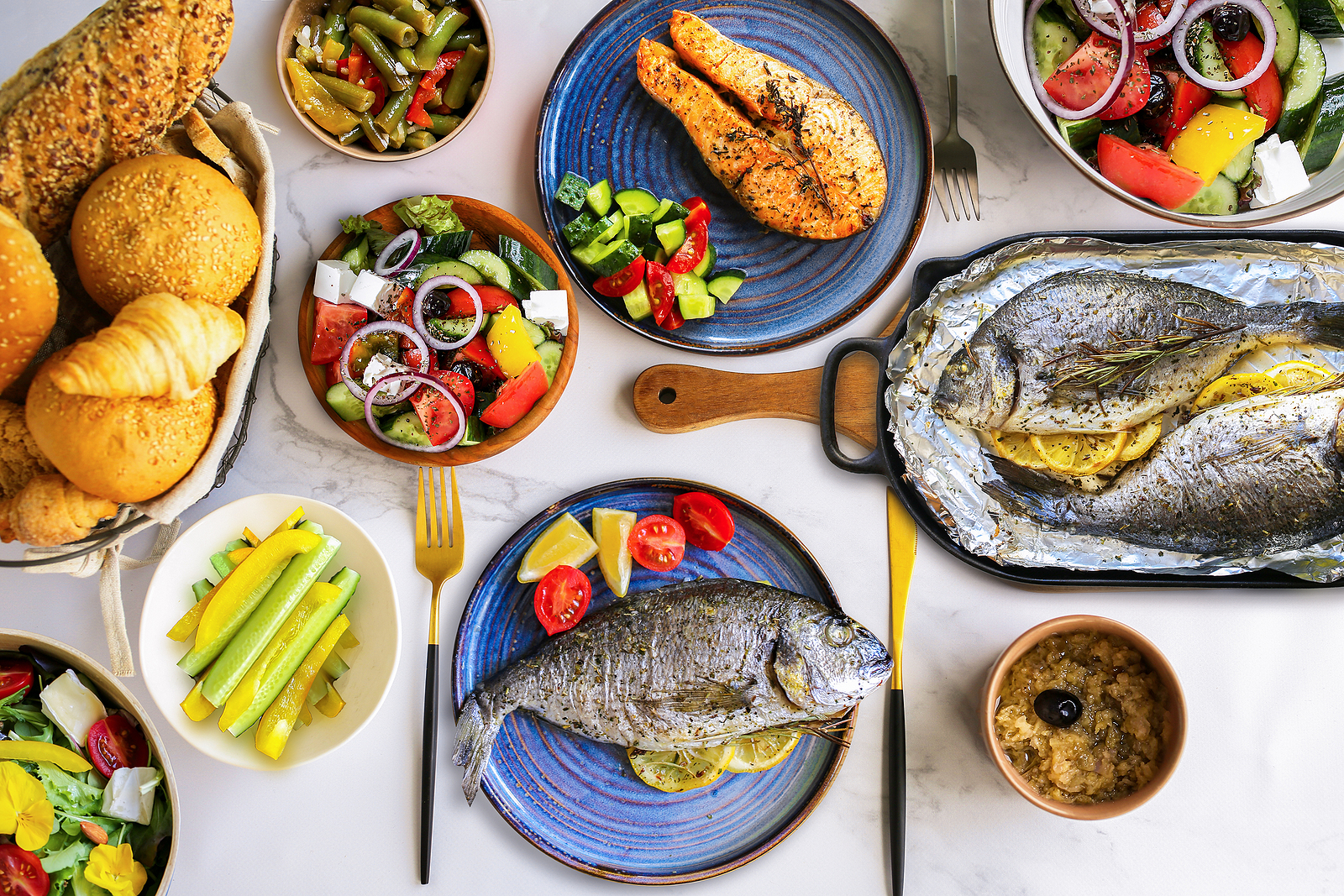
What is the optimum diet? Dr Rob Verkerk focuses on the best food ratios, whether you are vegetarian, vegan or meat-eating.
Notice that we include a large amount of vegetables and a relatively small amount of fruit. You should try to keep veg and fruit in roughly a four-to-one ratio and don’t lump them together.
Fruits contain a lot more sugar, albeit natural fructose, so they need to be eaten in small quantities. The science tells us that sugar shouldn’t make up more than 5 percent of the total calories (energy) we consume in a day. Always try to eat fruit whole and avoid fruit juices and too much dried fruit.
You should do your best to “eat a rainbow every day” of all six different colors of nature’s phytonutrient groups, as recommended by the Institute for Functional Medicine.
That means green, red, yellow, orange, blue/black/purple and white/tan/brown, which also creates a lot of diversity in your diet.
Remember to mix it up with raw as well as lightly cooked vegetables. You’ll notice from the labels around the plate that our guide is very much about eating whole foods that haven’t been overly processed.
Processing can really damage foods. It breaks down chains of carbohydrates, so they’re converted to blood sugar much more quickly in our bodies. And of course, long-term high blood sugar levels lead to a lack of metabolic flexibility, insulin resistance and type 2 diabetes.

Get in plenty of concentrated sources of nutrients like herbs and spices, as well as herbal teas and, where needed, food supplements as well. Supplements are just another form of concentrated nutrient.
Our food supply has become so simplified as it’s become more globalized and industrialized that many suffer the effects of insufficient nutrient diversity. That’s why we give these concentrated nutrients their own slice of the plate.
Although governments and a large part of the food industry tell us that grains are our staple food, the Alliance for Natural Health’s Food4Health guide—now used by many nutritional practitioners—says it differently.
For us, non-starchy vegetables are your staple, not grains. Grains can be an important source of fiber, as well as certain vitamins and minerals, but we can also get all these micronutrients and fibers from other food sources.
Most grains are energy-dense, but not nutrient-dense. That means they give you lots of calories but not a great deal else, especially if they’re highly refined or processed.
As grains are mainly carbs, much of those calories break down to sugars in your body, which can derail your metabolic flexibility.
No matter what you may have been told, you can get plenty of energy from vegetables, as plant foods are carbs too. Many grains also contain gluten, which affects a large part of the population adversely.
So, make grains only a small part of your diet, keep them whole and choose gluten-free versions like buckwheat, oats, millet, teff, quinoa, rice or sorghum where you can.
It’s not easy to see the oils and fats on our plate, but we recommend generous use of healthy fats—there’s also quite a bit in some animal products, if you eat them. Around 50 to 60 percent of the energy value of this plate will come from fats, although it looks like only 10 percent by weight.
This is very different from what most government guidelines say because, bottom line, it’s hard to be healthy without enough fat in your diet.
Distribute your healthy fats across cooking, salad and vegetable dressings, avocados, nuts, some seeds and animal products if you eat them.
When we talk about 25 percent protein-rich foods, this doesn’t mean that’s the protein level in the food. Most of any fresh, animal protein source, like meat or fish, is actually water, so perhaps around 20 percent protein by weight. But you also need to factor in plant proteins, like peas, beans and lentils from the legume family, which are also rich sources.
Slow cook your legumes to neutralize the lectins—a plant’s natural pesticide that it uses to defend itself from insect pests. That’s why traditional Indian dal (lentil stew) is often slow-cooked for around 6 hours. A useful shortcut if you don’t have time is a pressure cooker, especially if you use legumes as your key protein source.

What do you think? Start a conversation over on the... WDDTY Community